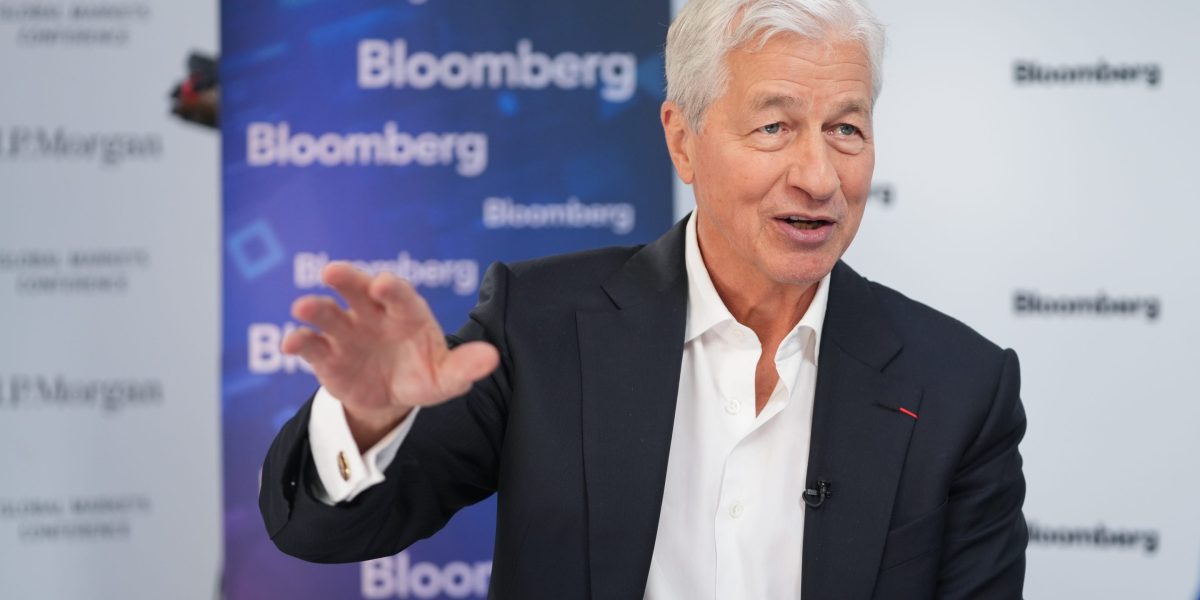It usually pays to buy US corporate bonds when the market weakens, according to a research note from JPMorgan Chase & Co.
Investors that buy high-grade US corporate bonds when spreads are widening have made a profit within the next three months about 70% of the time, strategists led by Eric Beinstein and Nathaniel Rosenbaum wrote on Thursday.
“Historically speaking it seems relatively clear that most dips in HG are meant to be bought in the short term,” the strategists wrote.
US high grade corporate bond spreads pushed wider in August, but have since been partially recovering. After averaging about 92 basis points, or 0.92 percentage point, in the first seven months of the year, spreads widened to 111 basis points on August 5. Since then, they’ve settled back down to 100 basis points as of Wednesday, according to Bloomberg index data.
The strategists looked at selloffs in the JPMorgan US Liquid Index, or JULI, an investment-grade corporate index. They analyzed times where spreads hit their widest level in three months, and that remained the widest point for the following month. They considered periods where the peak spread was about 15 basis points wider than the tightest spread over the prior three months, to ensure the movements were at least moderate selloffs.
There have been 37 selloffs by this definition since 2000. If one bought at the widest point, when the model worked, the subsequent tightest level was on average about 46 basis points tighter over the following three months, the strategists wrote.
But there were instances where it didn’t work. Eleven times, an even bigger selloff came three months later and the market widened by at least five basis points. In May 2022, spreads widened to 173 basis points, only to narrow, and then sell off again two months later, reaching 180 basis points, as the market mispriced the Federal Reserve’s interest-rate hike expectations.
The analysis is mainly useful for giving a sense of history, rather than serving as a trading strategy, because investors don’t know in the middle of a selloff when the market has reached its widest point, the strategists wrote.


